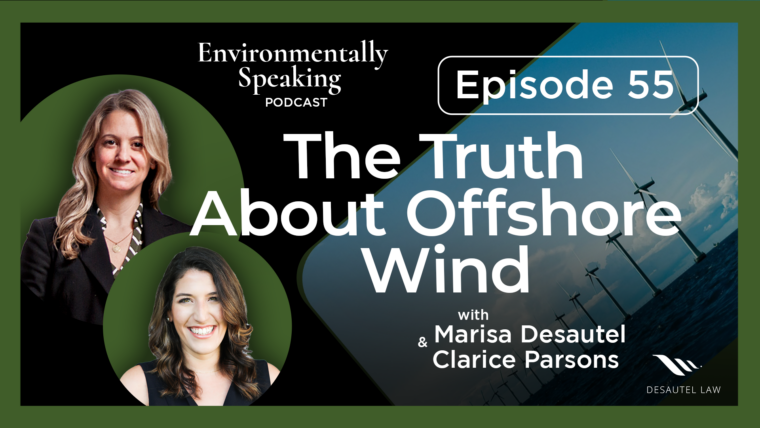Looking into the query of what is environmental law and policy, one must start with a definition: these laws and policies are measures implemented and enforced with the goals of:
- Protecting and/or preserving natural resources;
- Regulating human activities that may negatively impact natural resources, and;
- Management of natural resources.
The measures are most often undertake by a government entity, but are also adopted by a corporate entity, or other non-government organization.
In the legal world, there are several principles that explain the answer to the question of what is environmental law and policy. Environmental effects are economically externalized, meaning that the party causing or contributing to pollution do not bear the direct consequences of their actions. Also, the general public does not understand the intrinsic value of a natural resource because it is assumed that the resource is infinite. These concepts of the “Tragedy of the Commons” were published by Garrett Hardin in 1968.
In his paper, Hardin discusses the theory that Earth, as a finite resource, can support only a finite population so that “population growth must eventually equal zero.” Science 13 Dec 1968: Vol. 162, Issue 3859, pp. 1243-1248.
In the context of one person, the use of a common resource is conducted without consideration that the resource has a limitation. The effects of that usage is then felt by the collective, or a community. The instinctual use of a common resource begets the inquiry of “what is environmental law and policy,” and the answer is regulations, which are implemented as a check and balance on the usage of the resource.
While the advent of federal environmental law and policy began in the 1970s, their evolution resulted in laws and policies aimed at preventing pollution. Governmental policies began with regulation, enforcement, permitting, and financial incentive. More recently, initiatives are gearing towards performance requirements and programs like “cap and trade” emissions limits.
In response to the “Tragedy of the Commons” concept, the “polluter pays” principle was created to ensure that the environmental costs of human activities, including the cost of preventing environmental harm, should be internalized and borne by the polluter, rather than by the community.
The most typical and widely known mechanism used to deal with what is environmental law and policy is the promulgated regulation. Regulations are enforced by both federal and state environmental agencies. They are written and publicly available standards that provide numeric and narrative criteria for environmental protection. If implemented correctly, environmental regulations either encourage or discourage specific activities. There are several that define the question of what is environmental law and policy: water quality, air quality, waste management, and site remediation, to name the most well-known.
As Hardin states in his article, “Tragedy of the Commons:”
“[T]he tragedy of the commons reappears in problems of pollution. Here it is not a question of taking something out of the commons, but of putting something in–sewage, or chemical, radioactive, and heat wastes into water; noxious and dangerous fumes into the air…” Science 13 Dec 1968: Vol. 162, Issue 3859, pp. 1243-1248.
Regulations, then, are the practical tools responsive to what is environmental law and policy in terms of regulating pollution.
Desautel Law staff are well versed in environmental law and policy and can answer your questions related to “what is environmental law and policy?” To learn more about how we can help you and answer your questions, call Desautel Law at 401.477.0023 today.


